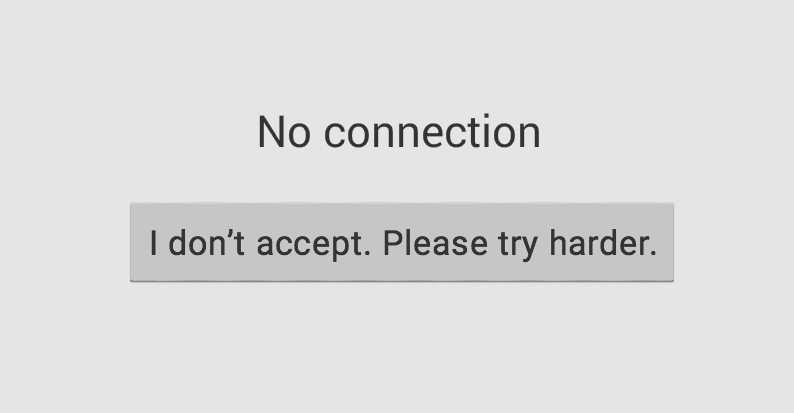
Online civic engagement and the digital divide
Governments are increasingly keen and open to listening to citizens through consultations and online civic engagement. A small set of data points by the Pew Research Center reminds us that while we are keen to include, the digital divide is still pretty much alive.
Online civic engagement is great, but what about access?
The Have Nots
Although rural Americans have made large gains in adopting digital technology in recent years, they remain less likely than nonrural adults to have home broadband, smartphones, and other devices. When it comes to lower-income households, roughly three-in-ten adults with household incomes below $30,000 a year don’t own a smartphone. Nearly half don’t have home broadband services or a traditional computer.
In 2016, one-fifth of adults living in households earning less than $30,000 a year were smartphone-only internet users – meaning they owned a smartphone but did not have broadband internet at home.
When compared with those who do not have a disability, disabled adults are roughly 20 percentage points less likely to say they subscribe to home broadband and own a traditional computer, a smartphone or a tablet.
In 2017, 67% of seniors use the internet – a 55-percentage-point increase in just under two decades. And for the first time, half of older Americans now have broadband at home. Yet despite these gains, many seniors remain largely disconnected from the digital revolution. One-third of adults ages 65 and older say they never use the internet, and roughly half (49%) say they do not have home broadband services.
Things to keep in mind
Traditional engagement practices still matter. As Internet access continues to expand and get more affordable, we can be optimistic about the future of digital public engagement. But until true ubiquity becomes reality, engagement professionals must use traditional engagement activities to make sure they reach populations without access to the necessary technology.
Care about the users. As for designers of digital engagement platforms and tools, we need to keep in mind that there will be users with limited access to the Internet. Users who may be accessing the tools using a variety of devices—sometimes shared ones and from public locations, and using connections that might be slow or only available during a specific time of the day.
Make accessibility a priority. And of course, accessibility is an important issue when designing for inclusion. Digital engagement designers must make their tools accessible to people using assistive technologies to access them. Advances in the field of voice-controlled AI assistants such as Amazon’s Echo or Google Home are promising precursors into a future of more inclusive user interfaces.

Interesting information Marcelo! Thanks for sharing. Its easy for us to want to assume that everyone has equal access to the online tools we may wish to use. But that isn’t the reality. If you find similar data that speaks to the Canadian landscape I’d be interested in seeing that as well!
Cheers
Thanks, Michelle, happy you found this interesting. I have been gathering data about Canada and time permitting, I will pull it together into another post. Hopefully soon!